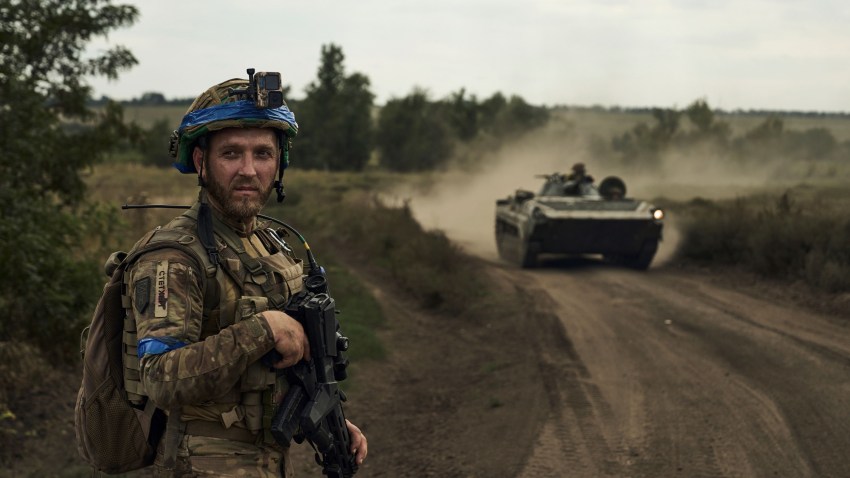In early June, Ukrainian forces launched a long-anticipated, large-scale counteroffensive into Russian-controlled territory in the eastern portions of Ukraine. From the beginning, the fog of war surrounding developments on the ground has been thick. The Washington Post reported that “anonymous” U.S. Defense Department officials consider the counteroffensive to have failed, thwarted by Russian defenses. Similarly, drawing on a variety of interviews with Western analysts, Lily Lynch reported in the New Statesmen that a “sober reality” has set in as the counteroffensive stalls and Ukraine’s Western supporters begin questioning their military aid to Ukraine. International relations scholar John Mearsheimer asserts that the counteroffensive’s failure shows why Ukraine is “bound to lose” the war.
In contrast to these pessimistic assessments, there are those who see Ukraine as making progress. In an extensive piece for War on the Rocks, military analysts Michael Kofman and Rob Lee noted that, despite stiff resistance, “Ukrainian forces have made steady gains in a set-piece battle against a heavily entrenched force.” Similarly, Phillips O’Brien, a military historian and close follower of the war in Ukraine, wrote that “in the coming weeks and months, Ukrainian forward movements look set to continue.” NATO Secretary-General Jens Stoltenberg said that while the counteroffensive has become “a tough fight” with “no easy way to victory,” Ukrainian forces are “gradually gaining ground.”
There have also been those who seem to have switched sides in the debate. Most notably, Gen. Mark Milley, the chairman of the U.S. joint chiefs of staff, originally remarked late last year that the war “is not winnable anymore, militarily.” More recently, however, Milley acknowledged that while Ukrainian progress was “slow,” the counteroffensive was “far from a failure.”

